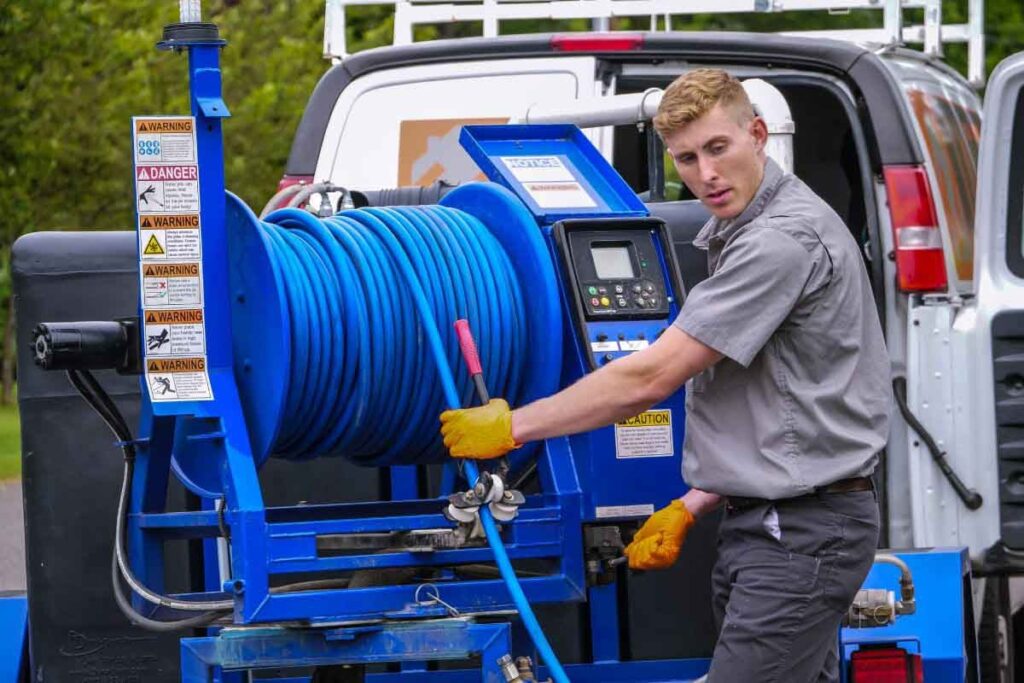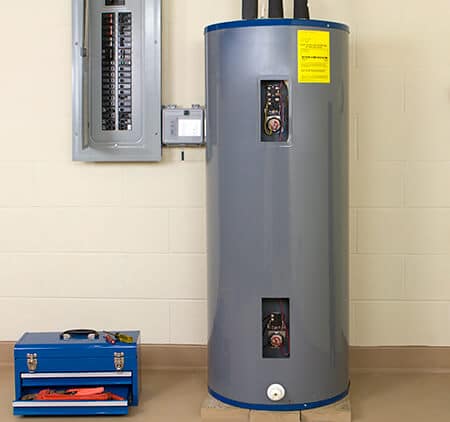Blog
How Do Air Purifiers Work & Are They Worth It?
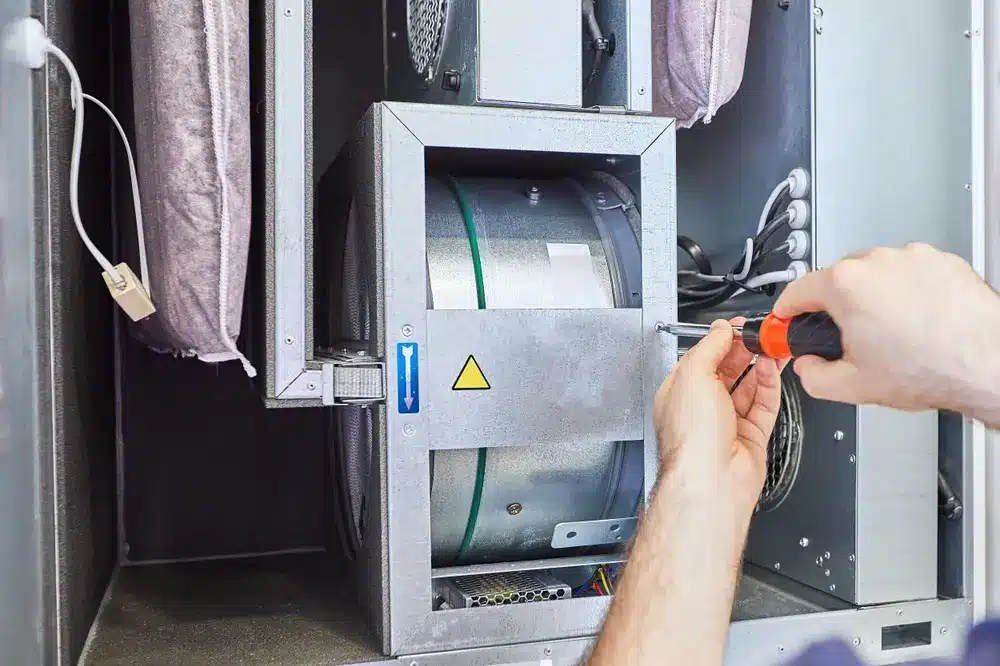
It’s hard to believe. It might even be a little scary. But there’s a good chance your home’s indoor air quality is dirtier than the air outside.
Think about it — on top of the outdoor allergens we track inside every day, our ductwork constantly recirculates indoor pollutants like pet dander, dust, and mold spores. Over time, this debris can collect and trigger allergic reactions or asthma symptoms. It can even cause respiratory illness.
Homeowners rely on the technology of whole-home air purifiers to reverse or eliminate the consequences of poor indoor air quality. If the concept of indoor air purification is new to you, consider this article a general overview. We will answer the common questions, “What does an air purifier do?” and “How do air purifiers work?” to analyze their effectiveness and ultimately determine if an investment in air purification is worth it for your home.
What is a Whole-Home Air Purifier?
Whole-home air purifiers integrate within your property’s ductwork to clean the air circulating your home. Unlike portable air purifiers that only target individual rooms, these advanced systems work with your HVAC system to provide consistent air treatment across all living spaces.
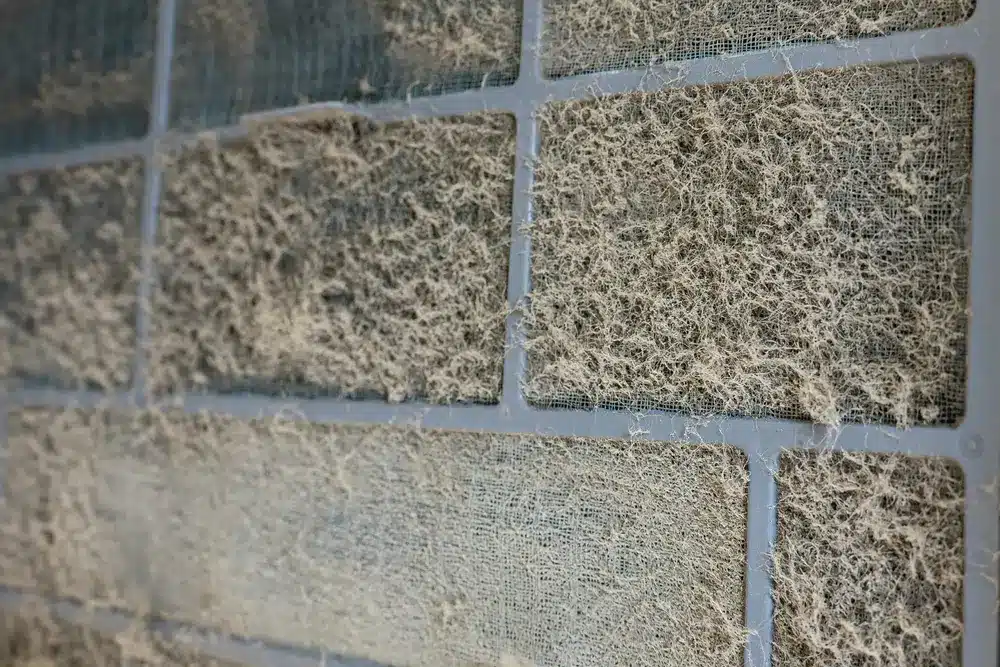
Whole-home systems capture airborne pollutants like dust, allergens, mold, pet dander, and volatile organic compounds (VOCs) utilizing a combination of state-of-the-art filtration technologies. This holistic approach prevents the spread of airborne illnesses and reduces odors for a more enjoyable living environment.
Most modern whole-home air purifiers are equipped with smart technology, allowing homeowners to conveniently monitor and adjust air quality levels remotely.
How Do Whole-Home Air Purifiers Work?
While some air purifiers use ultraviolet (UV) light to kill germs, others rely on advanced filtration techniques. Some utilize a combination of both. Below is a breakdown:
5 Main Types of Filters Whole House Air Purifiers Use
Media Filters: Media filters consist of densely woven materials that physically trap and remove large particles from the air. While they require regular replacement to maintain effectiveness, they are your first line of defense against common household air pollutants like dust, pollen, and pet dander.
Electrostatic Filters: Electrostatic filters harness static electricity to attract and capture smaller particles that might slip through traditional media filters. By creating an electrical charge, these filters can effectively remove microscopic contaminants like smoke and fine dust, making them particularly useful in homes with allergy sufferers.
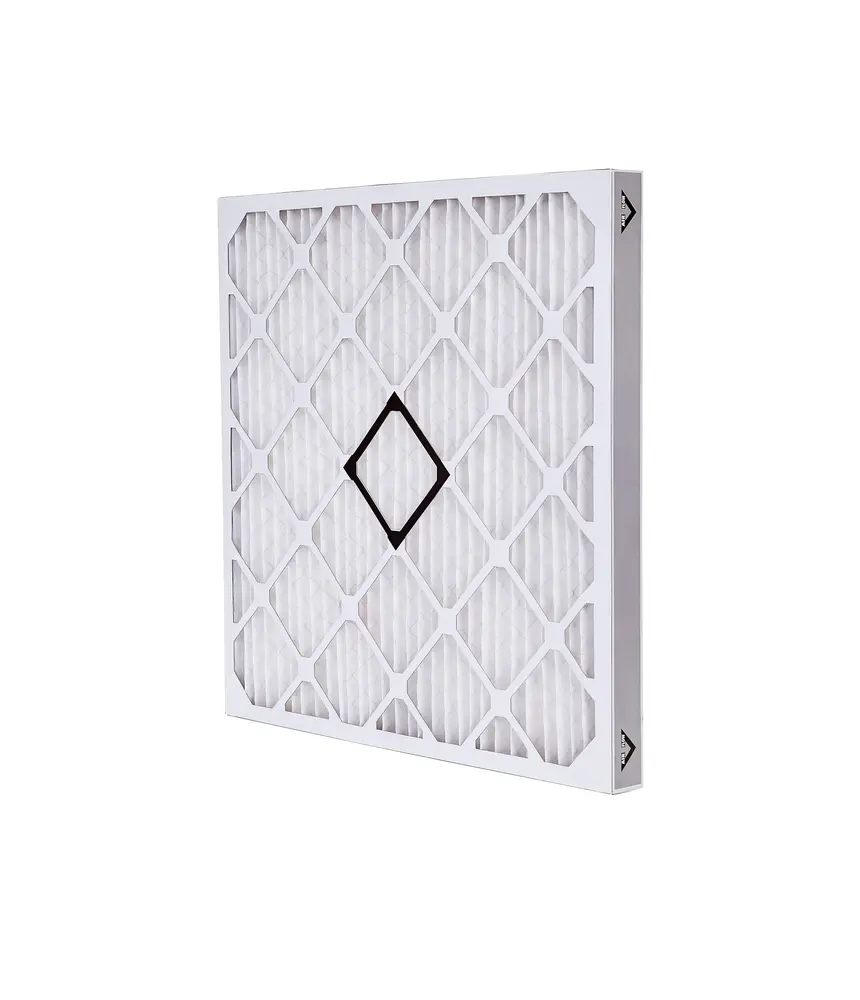
Electronic Filters: Electronic filters take the concept of electrostatic filtration to the next level. A mesh of electrically charged wires creates a constant electrostatic field to capture particles as small as 0.1 microns, making electronic filters one of the most effective options for comprehensive air purification.
Absorbent Filters: Typically made with activated carbon, adsorbent filters attract and bind VOCs and odors to their surface through a process called adsorption. These filters excel at removing common household odors and chemical vapors from sources like cleaning products, paint, and new furniture.
UV Filters: UV filters employ ultraviolet light technology to neutralize harmful bacteria, viruses, and fungal spores that circulate your HVAC system. These filters are particularly effective at treating the indoor coil of central air conditioning systems where organic matter tends to accumulate. They require an annual lamp replacement to maintain effectiveness.
Are Whole-Home Air Purifiers Worth It?
Now that we understand how air purifiers work, let’s review the pros and cons of installing a new whole-home air purifier to determine if it is a smart investment in your home.
Advantages of Central Air Purifiers
Complete Clean: The most compelling benefit is that these systems can effectively remove various contaminants including dust, pollen, and pet dander. Some are even strong enough to kill bacteria & viruses.
Restorative Health Benefits: For those with allergies or asthma, whole-home air purification provides meaningful health benefits related to improved indoor air quality.
Convenience: Since they integrate directly with your existing HVAC system, whole-home air purifiers eliminate the need for multiple portable units and consolidate your maintenance routines.
Silent Operation: Central air purification systems typically run quieter than their portable alternatives.
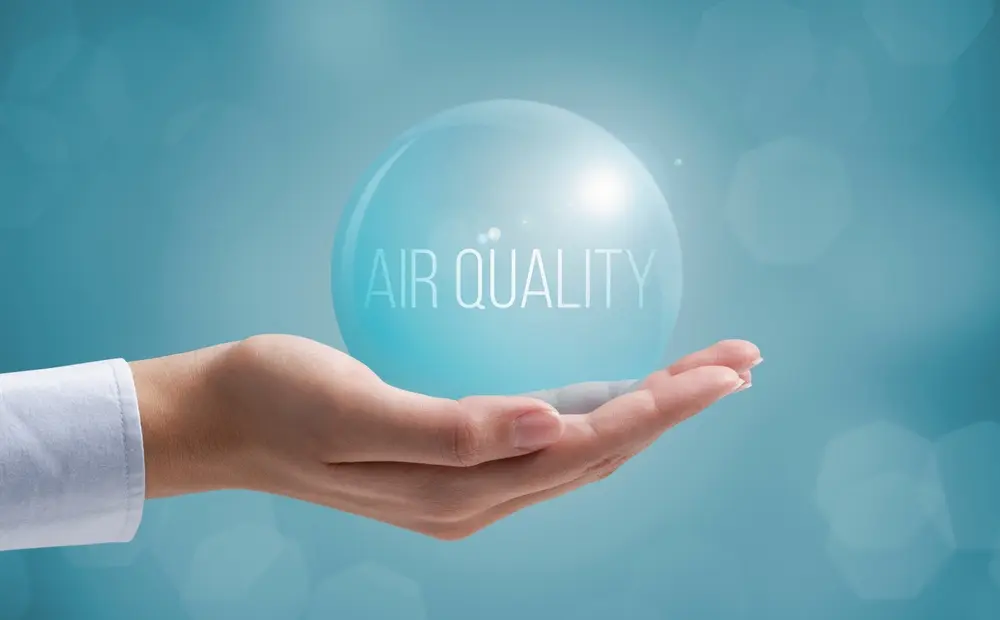
Disadvantages of Central Air Purifiers
Initial Investment: Installing a whole-home purifier is a complex project that requires a professional touch. Installation costs can be substantial, especially if your HVAC system requires modifications.
Energy Efficiency Considerations: Energy efficiency can also be a concern, particularly for complex filters that use more power. The efficiency of your air purification system will depend on the size of your home, the specifications of your HVAC system, and local climate conditions.
May Not Be Suitable for all Homes: Not all homes are suitable for whole-home air purifiers, as some HVAC systems may be incompatible with certain models.
Ongoing Maintenance: While maintenance is less frequent than with portable units, the cost of filter replacements and system upkeep should be factored into your long-term budget.
What to Consider When Choosing a Whole-House Air Purifier
Filter Effectiveness: One of the most crucial factors to consider when selecting a whole-house air purifier is filter effectiveness, measured by the Minimum Efficiency Reporting Value (MERV). MERV ratings range from 1-16, with higher ratings indicating better particle filtration capabilities. Understanding these ratings is essential for choosing a system that meets your specific air quality needs.
Room Size: The size of your home plays a vital role in your air purifier decision. The chosen unit must be powerful enough to clean the air throughout all your living spaces, taking into account open-concept areas and the presence of furniture. An undersized system may struggle to maintain adequate air quality, particularly in larger homes or spaces with higher pollutant levels.
Multiple Filters: Multiple filter systems offer superior protection against various airborne contaminants. A comprehensive setup typically includes:
- A pre-filter to capture larger particles like pet hair.
- A HEPA filter for smaller particles.
- A carbon filter for addressing odors and gases.
This layered approach ensures more thorough air cleaning than single-stage systems, making it particularly effective for homes with diverse air quality concerns.

Choose the Right Air Purification System for Your Home with Eck Services
Choosing the right air purifier for your home is a priceless investment in long-term health and comfort. At Eck Services, our team has the knowledge and expertise to guide you through this important decision. We want our customers to experience the benefits of improved indoor air quality, so we offer a variety of services to help them get there — everything from HVAC maintenance plans to whole-home air purifier installation.
Shop our online store or schedule a service today to get started. Whole-home air purifiers can be installed in just several hours, but the benefits last a decade.




